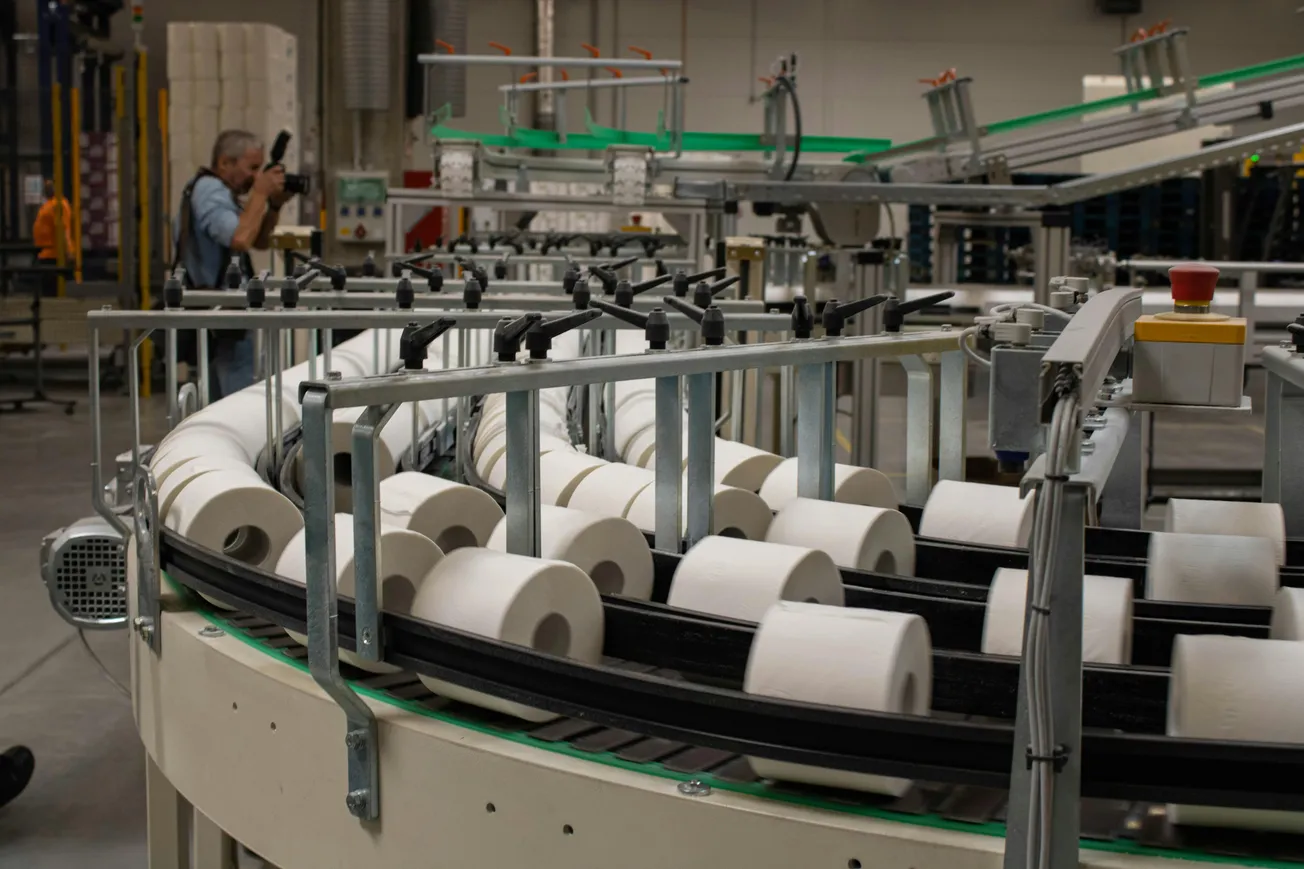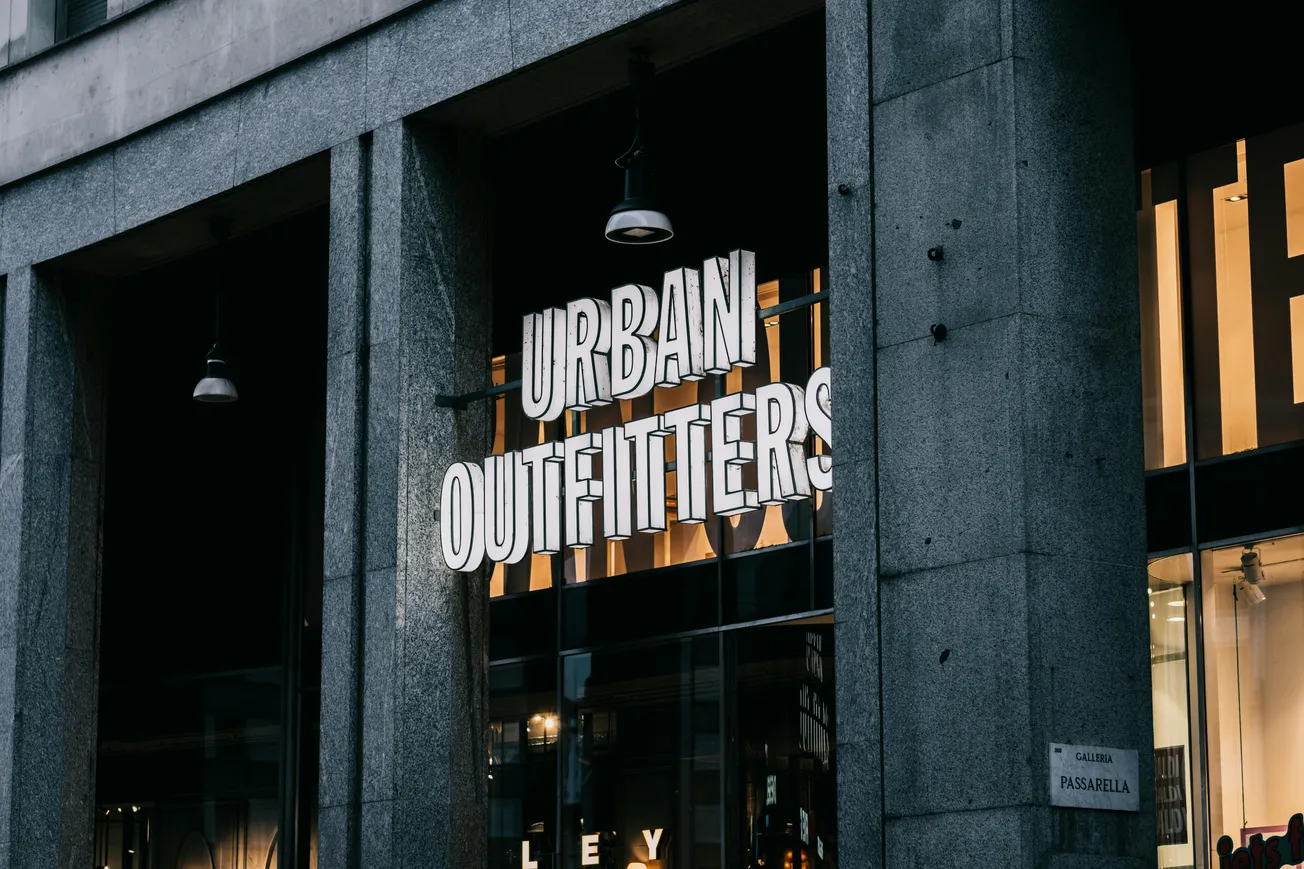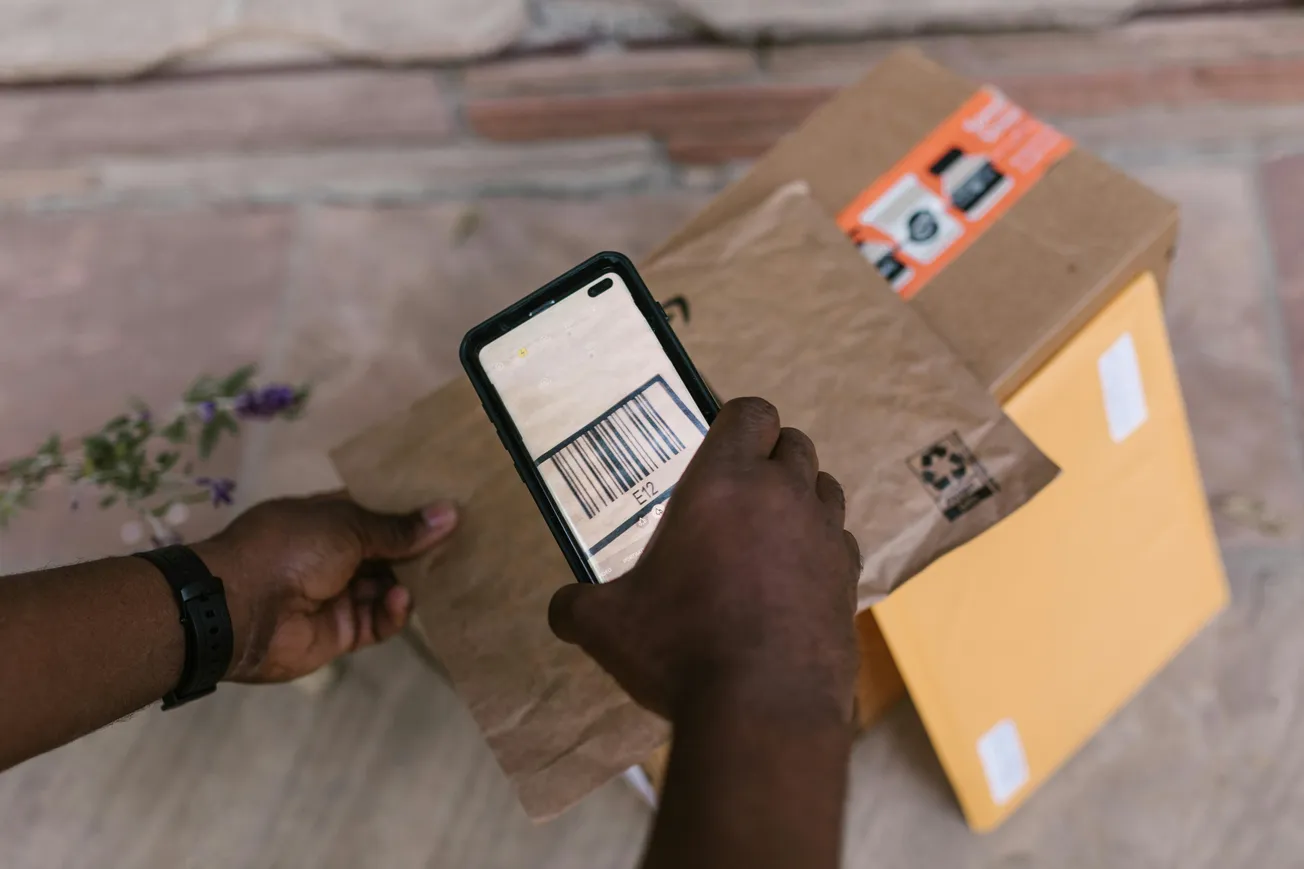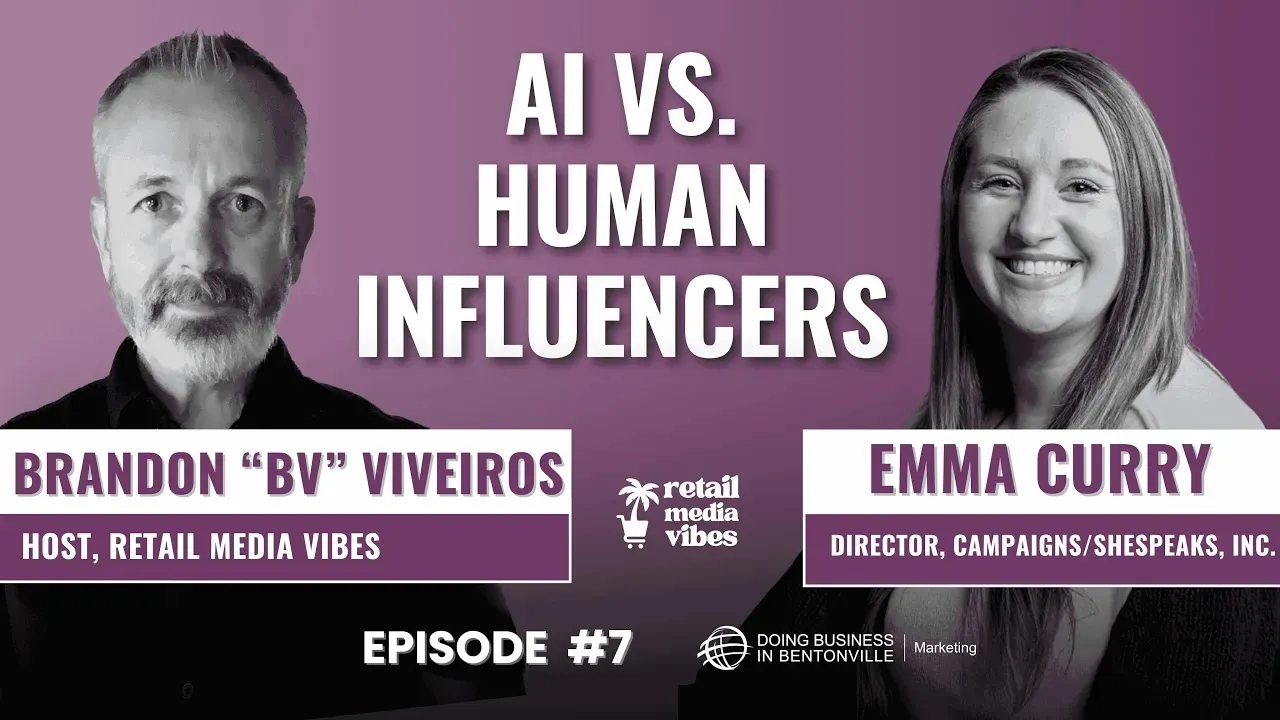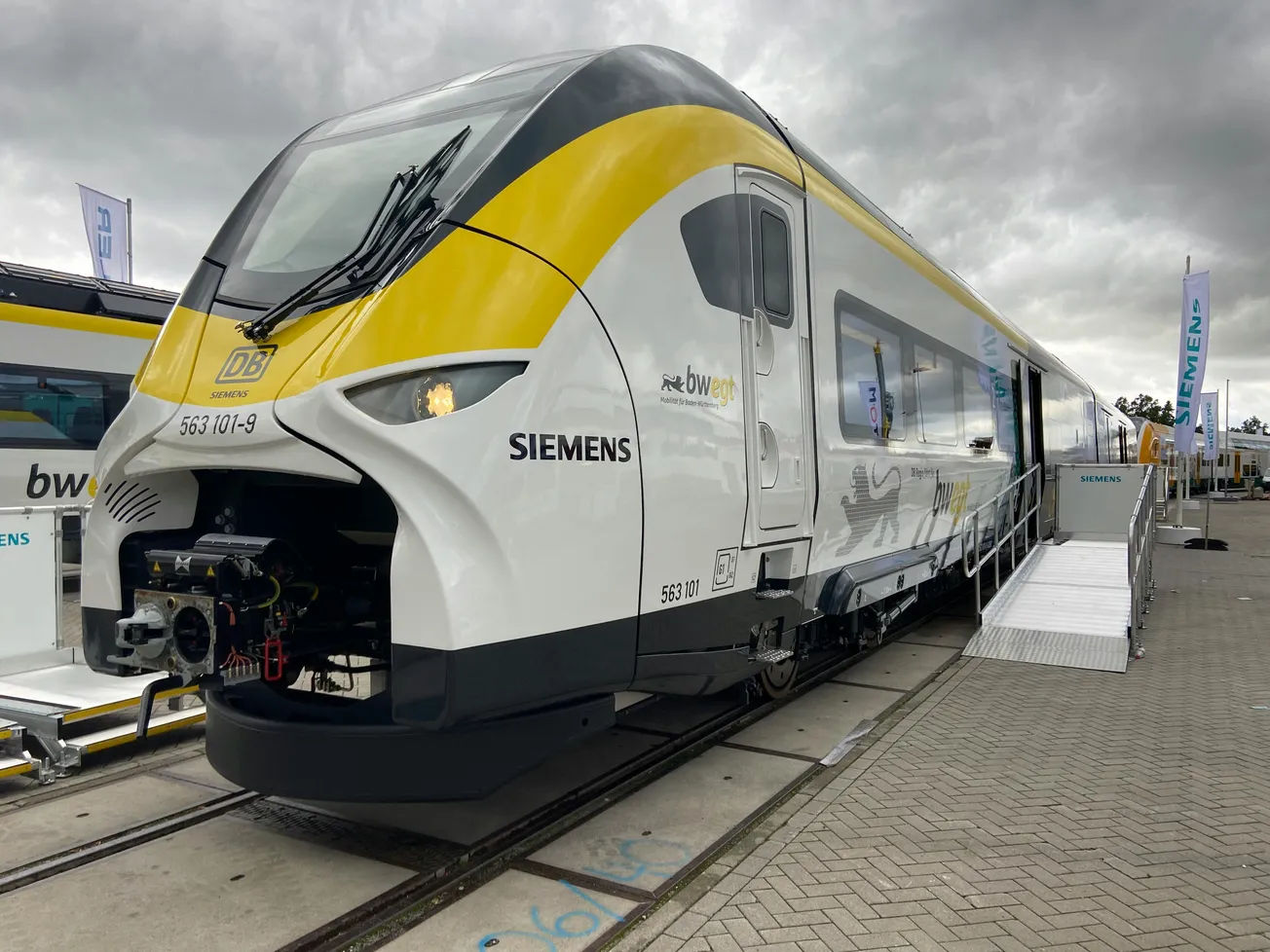Retail fulfillment is rapidly evolving, and as 2026 nears, third-party logistics providers (3PLs) must become more than service vendors—they must act as strategic partners.
Here's what retailers will expect from their 3PLs to thrive in the omnichannel future.
Why 3PLs Are Evolving
Retailers are demanding more due to:
- E-commerce dominance requiring hybrid logistics models
- Real-time inventory visibility to reduce errors and delays
- Sustainability goals driving eco-conscious logistics
- Global disruptions requiring resilience and flexibility
Key Retail Needs from 3PLs by 2026
1. Speed & Flexibility
- Same-day/next-day delivery as a standard
- Scalable operations for seasonal peaks
- Agile fulfillment models that adapt quickly to change
2. End-to-End Inventory Visibility
- Unified systems that sync across all sales channels
- Real-time tracking to reduce stockouts and overstocks
3. Smarter Returns Management
- Streamlined reverse logistics
- Data insights to reduce return rates and costs
4. Advanced Technology Integration
- APIs connecting e-commerce, WMS, TMS, and CRM tools
- Predictive analytics for demand forecasting
- Goods-to-person automation for warehouse efficiency
Tech’s Role in Future 3PL Partnerships
- AI for smarter forecasting and routing
- Automation to reduce labor dependency
- Sustainability tech like carbon tracking and smart packaging
In-House vs. Outsourced Fulfillment
Retailers must evaluate:
- Control vs. flexibility
- Long-term costs
- Speed to market
Looking Beyond 2026
Expect a shift toward 4PL models, greater tech deployment, and deeper integration with sustainability goals.


